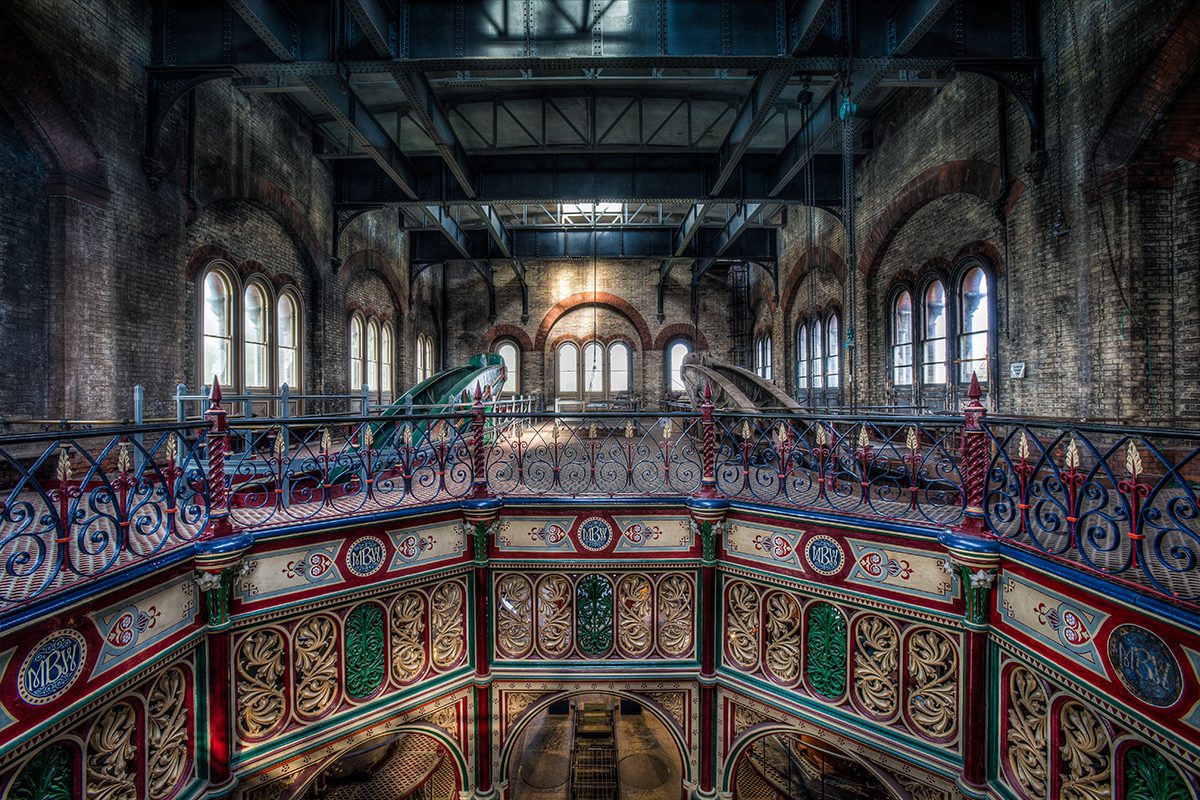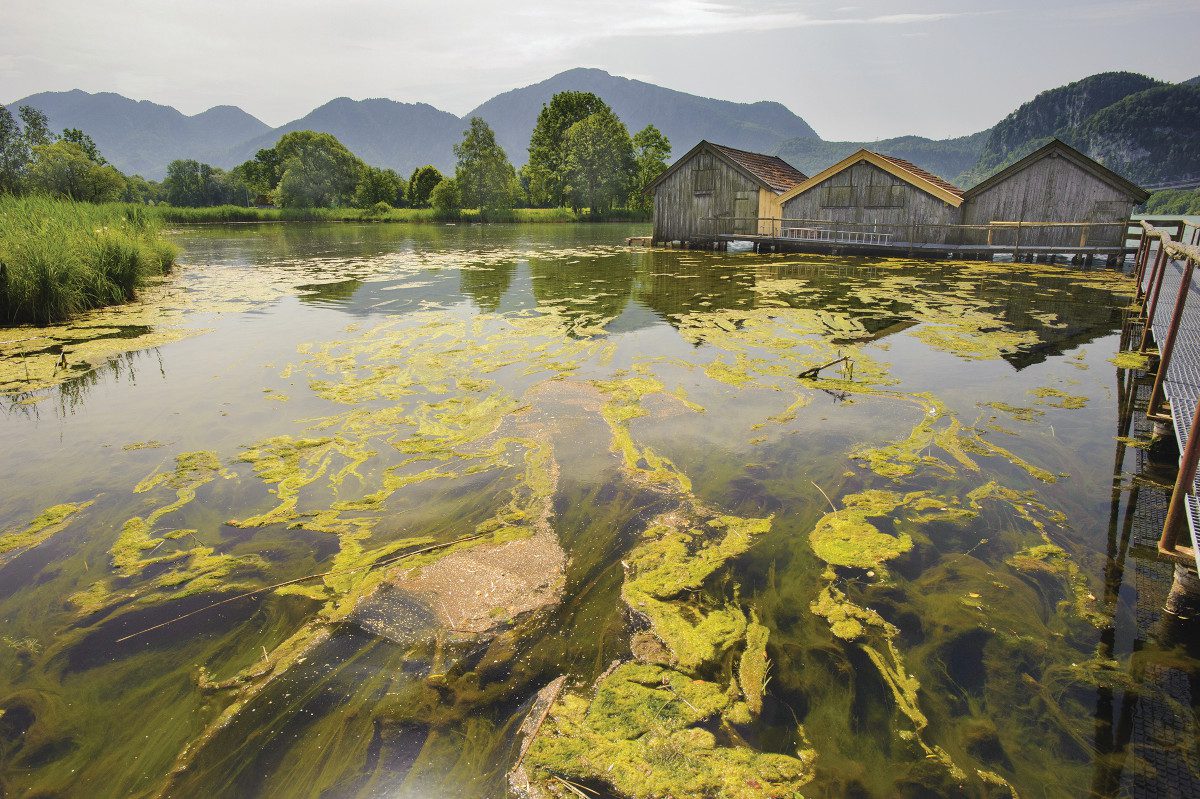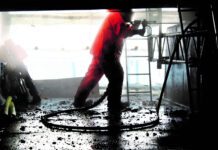
Sewage: It’s a subject whose complexities are not to be underestimated, but which are increasingly in need of being communicated to the public. A new book provides a helpful primer on the science underpinning its collection and treatment, and what happens when it’s accidentally released.
The Science of Sewage: What happens when we flush is the latest outing from Dr Julian Doberski, who has produced a number of guides in recent years, to areas such as garden composting, and life in the garden, and suited to the general reader. Well, the nerdy general reader. Certainly it’s useful to have the whole topic arranged in one place, and contentious issues are handled with clarity.
Humans have been attempting to do something with sewage for a long time. Clay sewage pipes are a surviving artefact of Mesopotamian culture (circa 4000 BC), and we know the ancient Egyptians had copper drainage pipes as early as 2400 BC. As popular lore celebrates, Roman civilization was a high point, with effective public latrines in evidence from 200 BC. Later Islamic civilization added to this a sophisticated knowledge of hydraulics, to direct water through underground aqueducts.
The medieval and early modern periods in the British Isles certainly seemed to mark a nadir for the field’s development, and the book offers a nod to some of the less savoury aspects. Things got worse with the industrial revolution.
Indeed for much of human history, human organic waste has ended up in rivers and water bodies. Today, around 2.4 billion people live without sanitation, a noticeable feature in southern Asia and sub-Saharan Africa.
With water bodies like lakes and rivers, some amount of organic waste is actually alright, up to a point. The natural environment can cope with a certain quantity of organic matter or waste material, and no river or lake is ever entirely clean. There will always be some amount of animal faeces, or dead leaves. And these ecological systems comprise all manner of life that support a “self-purification” function. But beyond a certain point, too much organic waste starts to throw things out of whack. Doberski’s book sets out to enlighten the lay reader as to how this happens, and in doing so, explains much about the subtleties of ecosystems like rivers and lakes.
A landmark moment, in terms of the potential of organic waste to overwhelm the natural self-purification capabilities of nature, seems to have been the Great Stink of 1858, when the Thames’ malodorous miasma engulfed central London, the stink also reaching the doors of the Houses of Parliament.
The crisis mobilized the thinking of politicians, scientists, and others. Landscape painter John Martin even seems to have chipped in with an 1834 proposal for interceptor sewers and walkways on either side of the Thames, an idea which proved to be oddly prescient.
A decisive leap was the recognition of a link between disease, ill health and poor sanitation, which led to the enactment of the Public Health Act (1848).
The first great leaps: Liverpool and London
The first integrated sewerage system in Britain, in Liverpool in 1848, seems to have brought important innovation. Doberski notes “a genius design feature” as the shift from square- to ovoid-cross-section sewers. In other words, with the tunnel’s cross section rather like that of an egg standing on its head. It meant that fast rates of flow could be kept up, even at times when there wasn’t much material passing through.
It was a feature reproduced in Joseph Bazalgette’s London sewerage system, which opened almost 30 years later, and for which he is often given credit (Bazalgette himself downplayed the originality of his work, and deferred to predecessors, as the book notes).
Keeping material flowing through the system seems to have been one of the big challenges. Where possible, a sloping gradient was incorporated, to maximise gravity’s helping hand. But the two main interceptor sewers had to be equipped with pumping stations before they reached the Thames outfalls, and these were constructed at Abbey Mills and Deptford.
“The most magnificent pumping station is that built in 1865 at Crossness – at the southern main interceptor sewer outfall,” as Doberski notes, and – as the image above this article shows – the Victorian propensity for ornamentation is certainly on display here. At the time, its pumps were supported by four large beam engines, which continued to operate until 1953.
It took 20 years to complete Bazalgette’s monumental London sewerage system, which opened in 1875, a project comprising 132 km of interceptors, and requiring 320 million bricks, and 673,000 m3 of concrete. And all built by men with spades.
Rowing back from calamity
This at least accomplished the huge task of transporting sewage out of the city and into tidal waters, but obviously omitted one important detail (from a modern perspective): treatment. Public tragedy was the stimulus for a change, in Doberski’s narrative, in the shape of a collision between two ships in the vicinity of Bazalgette’s outfalls, in 1878, including a pleasure steamer, Princess Alice. Rescued passengers were later brought down by disease attributable to ingestion of the sewage-saturated waters.
This led to setting up two sewage treatment sites to serve London in the late 1880s, including the one that still exists in Beckton, now considerably more advanced and “reputed to be the largest such plant in Europe”. Of course, the resultant sludge was still largely dumped at sea, a practice that continued until 1998, as Doberski notes, and in some respects continues to this day, in the way sewage mixed with rainwater is sluiced into rivers whenever the capacity of the system is overwhelmed.
CSOs, and the complex provenance of the modern crisis with sewage pollution, are also explored in the book. When it comes to apportioning blame, there seem to be no easy answers, and water firms, regulators, agencies and the government all seem to take a hit, in this analysis.

A tale of two cities
London and Paris are both dealing with the issue of storm overflow of sewage in a similar way, by containing this mix of sewage and stormwater temporarily, to allow it to be pumped off to sewage plants in accordance with available treatment capacity. In London this is the task of Thames Tideway, a 25-km “super sewer” running along a portion of the rivers’ length, and draining off most of its sewage overflows. It is scheduled for full completion in 2025, at a cost over £5 billion. Expectations are high that it will elevate water quality and allow Londoners to reconnect with their river.
Paris, on the other hand, will retain mixed storm drainage and sewage via a massive underground tank on the Left Bank, which is costing £1.4 billion. Doberski notes that the project looks unlikely to solve the problem, and sewage contamination is expected to continue with heavy rainfall – an impression confirmed by the somewhat mixed publicity the city’s efforts received during the Olympics.
The issue of how sewage affects water bodies is complex, with some locations being more sensitive than others. Doberski has deliberately avoided a focus on inorganic and emerging pollutants like pharmaceuticals, and has a lot to say about organic pollutants. Nitrogen and phosphorus can be a boost to crops – hence their use in fertilizers – but this is a clue as to why they’re so bad for rivers. They can lead to a surge in algae and bacteria, turning a water body into “a pea-green soup”, with a chain of consequences. A fatal light restriction on water weeds leads to the death of other aquatic organisms as well as the release of toxins from algae and bacteria, which can be neurotoxic and carcinogenic.
Catastrophes happen as a result, such as the 249 kg of dead fish found in the River Odra in Germany in the summer of 2022, caused by a bloom of golden algae and the release of a toxin that destroys blood cells.

It’s all about oxygen
Organic material requires a lot of oxygen for its decomposition, and this in part explains the deleterious impact of sewage upon such an ecosystem. As soon as sewage enters a river there is an immediate and significant drop in oxygen levels as aerobic bacteria grab as much as they can to facilitate their metabolism. The organic waste produced by one person in a day would require the same amount as is dissolved in 10,000 litres of oxygen-saturated water.
Expediting the supply of oxygen is one of the central purposes of any wastewater treatment plant. In activated sludge plants, air is typically pumped continuously through diffusers at the base of the reactor tank, to mix the contents and ensure oxygen dissolves in the sewage liquor, which provides a boost to the functioning of the microbial species present (hence “activated” sludge).
Arden and Lockett’s invention, presented in 1914 to the Society of Chemical Industry in Manchester, has remained significant in sewage treatment, although its creators enjoy little celebrity outside the water industry. This book provides the clearest explanation I have found of the activated sludge process, and how it works.
All in, an informative read for even the seasoned observer, and a valuable contribution to educating the public about a contentious issue.






